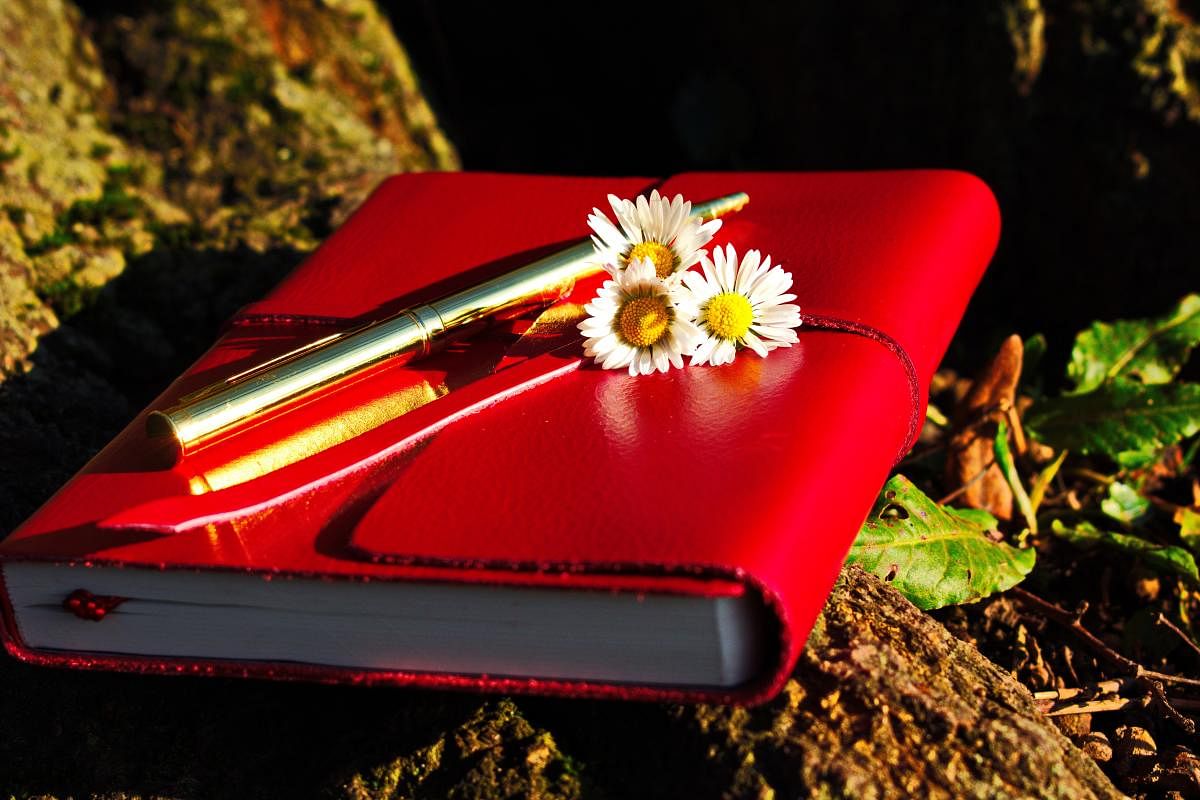
On Sundays, Surbhi Gulati, an architect from Bengaluru, sits on her balcony with a sketchbook. She isn’t an artist. With simple pencil strokes, she sketches the new leaf of a plant. She adds a few lines and the date. It is her weekly entry in her nature journal, a practice she started during the pandemic.
Keeping a nature journal is a creative way to uplift spirits. “What started as a way to keep away anxious thoughts enriched my life in a curious way,” she shares. Apart from experiencing the rhythms of nature, it helped her to acknowledge feelings, moods, and the thought process.
All the knowledge of the natural world we have today is the result of recorded observations of naturalists and scientists over time. Nature journals from the past tell us a lot about the natural world of the past. However, a nature journal may not always be scientific but can be a precious memory book.
Art of nature journalling
Naturalist, artist and educator Clare Walker Leslie, in her book, Keeping a Nature Journal, 3rd Edition: Deepen Your Connection with the Natural World All Around You says “natural journalling is your path into the exploration of the natural world around you, and into your personal connection with it.”
Scientists say nature viewing micro-breaks and boosts attention. A study observed that the effects of 40-second views of either flowering green roof or a concrete roof on 150 university students found that students who viewed the green roof made significantly lower errors and were more consistent than their peers.
How to journal?
Spending time in nature makes a huge difference in our hectic schedules. However, you don’t need to go outdoors in the present scenario. A small balcony or a terrace is fine. You can try sketching the fruits or vegetables at home and add recipes cooked that day. The idea is to engage with the natural world and jot down your observations, feelings, emotions, or even memories. You need a pencil, a few colours, and a sketchbook. As Susan Leigh Tomlinson in her book How to Keep a Naturalist’s Notebook, says: “All you really need is a writing instrument and some paper.” Recording seasonal changes with a date and time or the time of dawn and dusk, colours of the sky or clouds can be interesting.
The benefits
A slow practice, often described as meditative, it deepens experiences of nature and makes us aware of the seasons, rhythms, and characteristics of nature.
Time spent in nature revitalises us. Studies show that spending time in green surroundings has positive effects on heart disease, high blood pressure, asthma, diabetes, and even autoimmune diseases.
It improves mental health, reduces anxiety, stress and depression. Scientists suggest spending at least 120 minutes in nature every week to get these benefits. A ten-minute nature break every day to just observe a leaf, a flower or a tree could be beneficial.
It is an activity involving a combination of writing, drawing, and pasting pictures, and sharpens observation skills while improving memory.
Tips and suggestions
Sketch whatever natural elements you can see from your window /balcony for a few minutes every week.
Create a nature map of the outside space of your building.
Identify trees growing in your premises, and jot a few words about memories of trees, the colour of blooms, or whiff of the fragrance.
Create a plant journal for any special plant at home.
Write about the day you got it, a sketch of how it looked then, and how it changed over time.
Keeping a nature journal provides a much-required break from the overload of technology. It offers time for solitude, mindful introspection, and meditation.
Try it and see how it becomes a cherished record of personal
experiences, a treasure more valued than the pictures captured on your smartphone.